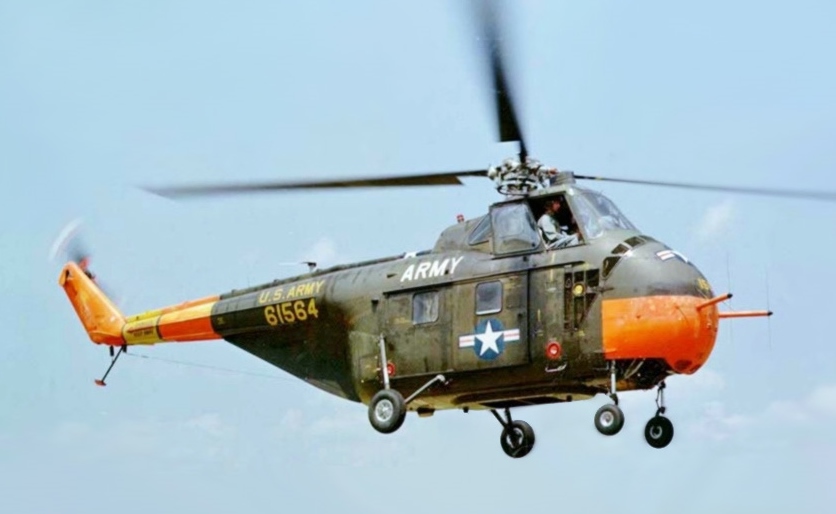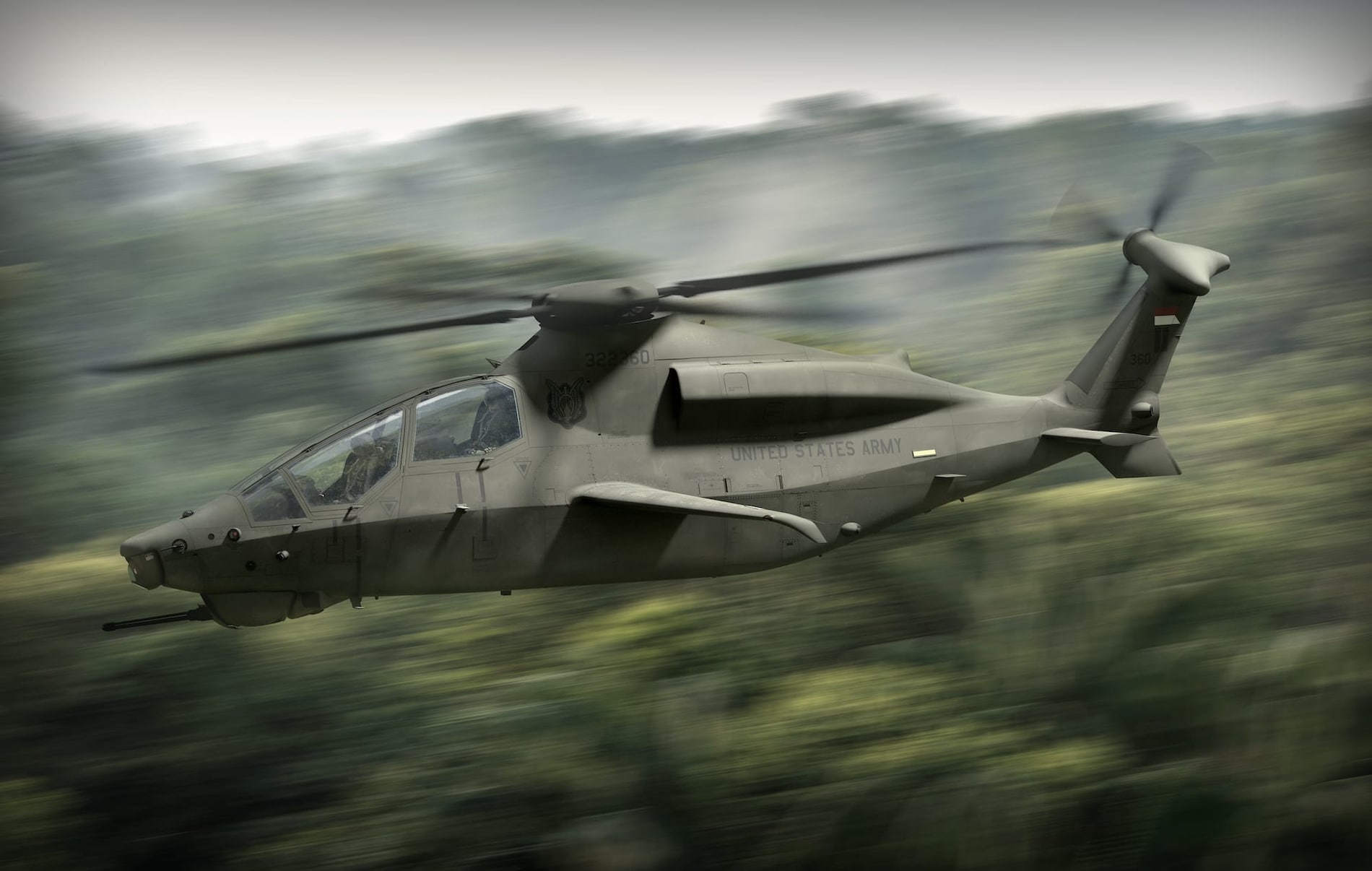As others have said, the technology would still be too limited for any serious attack helicopters to be viable.
Casualties could have been lower thanks to medivac choppers delivering wounded to the doctors faster. This would probably have more of an impact in rugged terrain (so more of the Pacific Front) and helping the Allies, given the Axis' perpetual fuel shortages.
One use might be as tools for aiding or suppressing partisans. For the Axis, helicopters would have been useful on patrols, particularly in rugged areas. It might have made it worse for the Yugoslav partisans in particular, since I believe they used the terrain to their advantage. For the Allies, it would have enabled closer cooperation with partisans in France and Norway.
Both sides would no doubt have used them for ASW. This would particularly benefit the Allies, but I don't see it having a major impact.
Helicopters would have made excellent tools for the Marines fighting in the Pacific and the British in Burma. With that as an option, I'm wondering if we might not have seen a stronger Allied push into Indonesia, maybe even Indochina. This wouldn't affect the outcome of the war, but it would have some interesting post-war consequences. In particular, I could see the US deciding that it made strategic sense to work with the Vietnamese partisans under Ho Chih Minh, making it effectively impossible for France to reassert control. This could completely butterfly the Vietnam War.
Casualties could have been lower thanks to medivac choppers delivering wounded to the doctors faster. This would probably have more of an impact in rugged terrain (so more of the Pacific Front) and helping the Allies, given the Axis' perpetual fuel shortages.
One use might be as tools for aiding or suppressing partisans. For the Axis, helicopters would have been useful on patrols, particularly in rugged areas. It might have made it worse for the Yugoslav partisans in particular, since I believe they used the terrain to their advantage. For the Allies, it would have enabled closer cooperation with partisans in France and Norway.
Both sides would no doubt have used them for ASW. This would particularly benefit the Allies, but I don't see it having a major impact.
Helicopters would have made excellent tools for the Marines fighting in the Pacific and the British in Burma. With that as an option, I'm wondering if we might not have seen a stronger Allied push into Indonesia, maybe even Indochina. This wouldn't affect the outcome of the war, but it would have some interesting post-war consequences. In particular, I could see the US deciding that it made strategic sense to work with the Vietnamese partisans under Ho Chih Minh, making it effectively impossible for France to reassert control. This could completely butterfly the Vietnam War.



